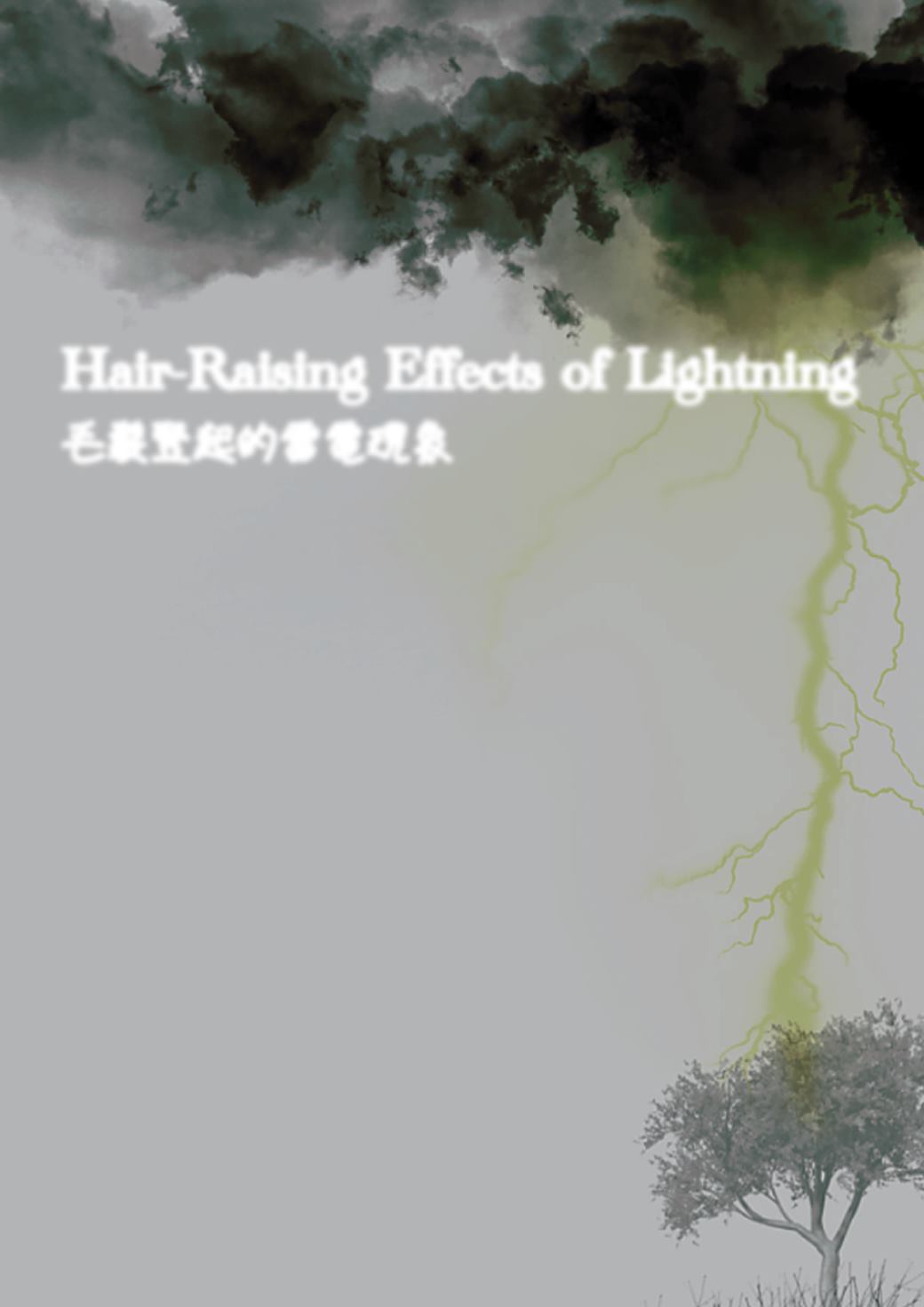
Being
afraid of thunder and lightning is
a relatively common fear. Loud claps of thunder
and blinding flashes of lightning amidst a backdrop
of darkness can be understandably intimidating.
Being struck by lightning is perhaps not an often
occurrence, in fact, the statistics indicate that the
chances of being struck is close to one in a million.
However, unfortunate victims can suffer serious
injuries and potentially fatal consequences. The
good news is that lightning sometimes gives us
warnings before it strikes, allowing time to seek
cover.
One such precursor is a bone-chilling effect that
causes a lighting strike victim’s hair to stand on end
(Figure 1). The 1975 photograph shows two brothers
on a family trip at Sequoia National Park, California,
seemingly amused at this strange phenomenon
and oblivious to the danger of the situation. Shortly
after the photograph was taken, the younger boy
(left) was struck and suffered third-degree burns on
his back and elbows. In a report after the incident,
the older brother on the right explained the urgent
situation at the time, “[He] collapsed and huddled
on his knees. Smoke was pouring from his back.
I rushed over to him and checked his pulse and
breathing… He was still alive. I put out the embers
on his back and elbows and carried him down the
path towards the parking lot, with the rest of the
group following.”
The frightening phenomenon can be better
understood with an explanation of lightning itself. A
毛髮豎起的雷電現象
Hair-Raising Effects of Lightning
By Sunjung Lim
林宣廷
lightning strike is a naturally occurring electrostatic
discharge. Tiny ice particles in the air, forced by
warm air currents, collide with each other, causing
charges and creating electric potentials within the
thundercloud. With a sufficient charge separation,
the positive charges and the negative charges try
to neutralise. The existence of opposite charges on
the ground strengthens the electric field, which is
strongest on objects nearest to the thundercloud.
These objects are often trees and sky scrapers.
A pathway of least resistance is formed, led by
‘streamers’ and charge is neutralized once the
pathway is complete, creating lightning.
But sometimes the closest ‘object’ to thi s
pathway of least resi stance i s a per son. The
precursor to an imminent lightning bolt is exactly
the effect of hair standing on end. The principle
is similar to the familiar experiment of rubbing a
balloon on fabric and placing it next to someone’s
head allowing their hair to defy gravity. The ions in
hair respond to the electrical potential difference
between the thundercloud and the Earth, making
the victim part of the discharge path
of thousands of volts, when the
ions eventually neutralise.
Hong Kong’s tall
conc r ete j ung l e
l a rge l y p rotect s
u s f r o m b e i n g
struck by lightning
since those objects


